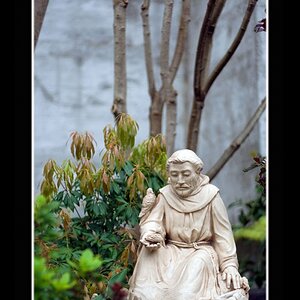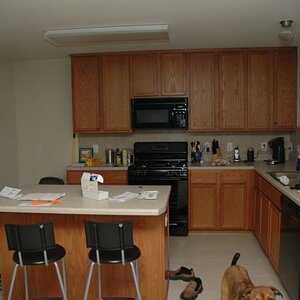Arch
Damn You!
- Joined
- Jan 21, 2006
- Messages
- 8,487
- Reaction score
- 103
- Location
- locked in the attic
- Can others edit my Photos
- Photos NOT OK to edit
Oh dear oh deary me.... i suppose it was only a matter of time before this thread turned into another huge RAW Vs JPEG debate. *Sigh*
My initial reaction after reading most of this thread is even tho i shoot RAW and would never consider shooting just jpeg for anything... the artical is over the top... to the point of almost saying 'if you don't shoot RAW your an idiot', which becuase i DO have respect for the 'mainly Jpeg' shooters, is just ridiculous. However, the way i work seems to still be misunderstood by some Jpeg shooters.. and here's why....
Mav, with all due respect you were doing so well up untill this point...
Hmmm... surely if thats not a show of respect then a misunderstanding?!
I can't ever seem to express to a jpeg fanatic how working with RAW does not mean i am 'messing around'... nor does it mean i need to fix my photos. As i have said before that is just like me naming jpeg users as 'snapshotters'... and i simply wouldn't do that.
The worst culprit of this misunderstanding is the infamous Ken Rockwell who loves to talk from his rear on this subject, and because he's google optimized people tend to be believe what he's saying is gospel.
Exactly.
yea sure.. for half decent screen res thats ok... try and get a decent size print tho
My initial reaction after reading most of this thread is even tho i shoot RAW and would never consider shooting just jpeg for anything... the artical is over the top... to the point of almost saying 'if you don't shoot RAW your an idiot', which becuase i DO have respect for the 'mainly Jpeg' shooters, is just ridiculous. However, the way i work seems to still be misunderstood by some Jpeg shooters.. and here's why....
Mav, with all due respect you were doing so well up untill this point...
Other people like what I consider to be "messing around" in Photoshop doing a dozen different steps later.... but I respect their art form just like I do any other.
Hmmm... surely if thats not a show of respect then a misunderstanding?!
I can't ever seem to express to a jpeg fanatic how working with RAW does not mean i am 'messing around'... nor does it mean i need to fix my photos. As i have said before that is just like me naming jpeg users as 'snapshotters'... and i simply wouldn't do that.
The worst culprit of this misunderstanding is the infamous Ken Rockwell who loves to talk from his rear on this subject, and because he's google optimized people tend to be believe what he's saying is gospel.
I won't get into the whole editing debate only to say, just because you shoot in RAW doesn't mean you need to edit your photos. When you import photos in bridge or lightroom it applies it's default settings just like your camera does when it processes to jpeg.
Exactly.
WOW! Simply amazing what you can do with a web-sized [size=+1]JPEG![/size] :lmao: :hail:
I love these threads. Somebody always posts a photo that they just couldn't get right and needed to shoot RAW because of, and then someone corrects the little web-sized JPEG. Yet people still say you "can't" fix WB on JPEG. Amazing. The myths will never die.
yea sure.. for half decent screen res thats ok... try and get a decent size print tho


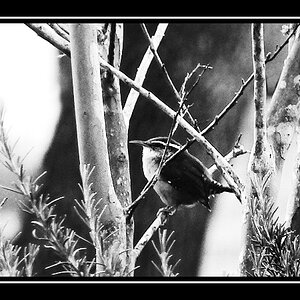
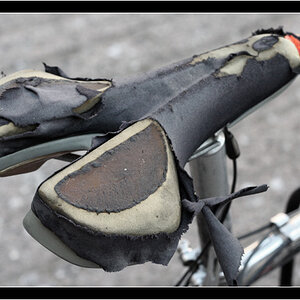
![[No title]](/data/xfmg/thumbnail/42/42060-f597479f8fd78d4bb4d17e7686fb0812.jpg?1619739996)
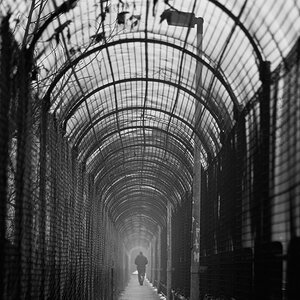
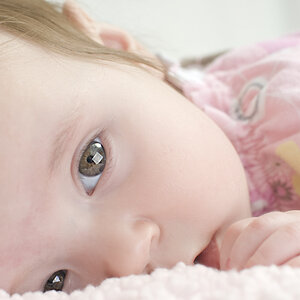

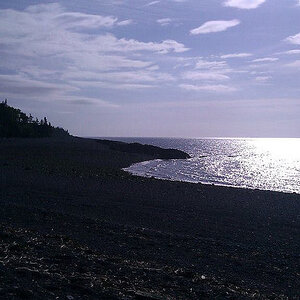
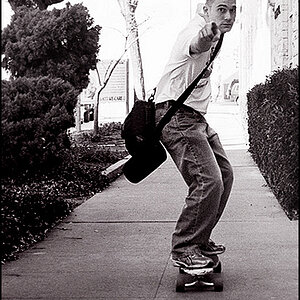
![[No title]](/data/xfmg/thumbnail/39/39501-c3f6a664311b0a3868b613f963809fb1.jpg?1619739058)
![[No title]](/data/xfmg/thumbnail/39/39271-04ff6ce1fbcda2b0d41ad7ee08cff91a.jpg?1619738950)
